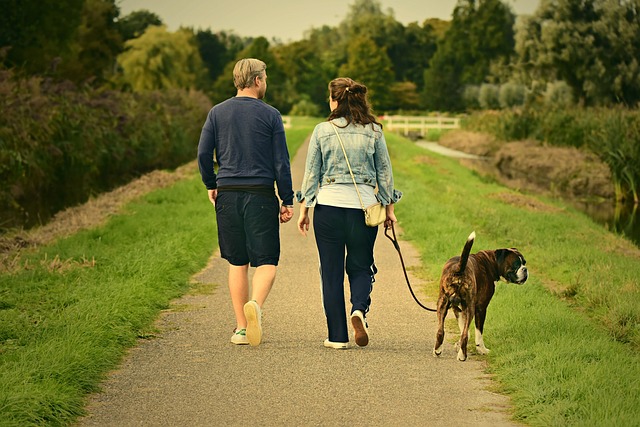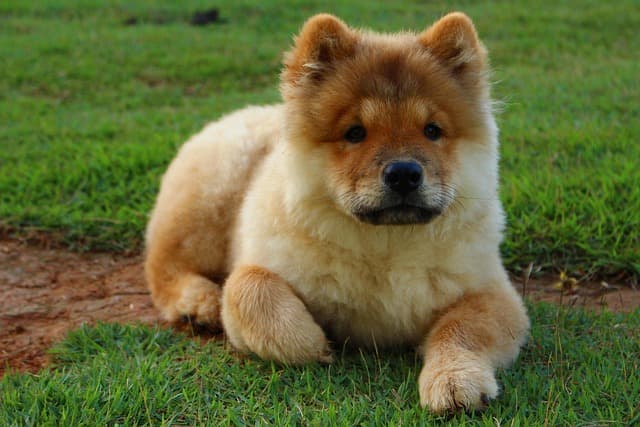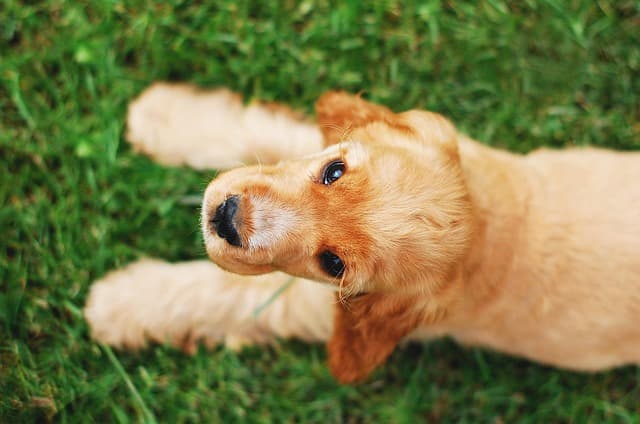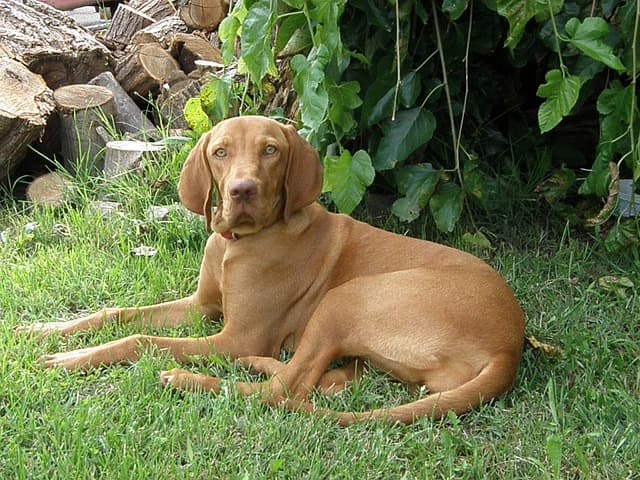Experts advise asking yourself a few questions when choosing a dog, whether pedigreed or purebred.
- Will the dog react calmly to family members, including other pets?
- What is the dog’s energy level? Some dogs need long, brisk walks, while others need only 40 minutes of exercise a day.
- What kind of grooming is required? Many dogs need their hair constantly combed out, brachycephals may need frequent checkups, small breeds are more prone to dental disease.
- What is the age range? A puppy will need a lot of attention, but will have an easier time adjusting to a new family. An adult dog is more patient, but will need time to settle into a new environment.
To answer these questions, there are a few important things to consider. We will list them.
Features of breeds
There are many systems for classifying dogs. By size (large, medium, small, miniature), by coat (long-haired, short-haired, hairless, hard-haired). Finally, by purpose – for example, hunting, herding, service, decorative, etc.
Hunting. Endurance, fast, intelligent. Require a lot of movement. For example, a Labrador retriever needs at least 1-2 hours of vigorous exercise a day. In addition, hunting dogs constantly need tasks for the mind: puzzle games, new commands.
Shepherds, guard dogs. Possess high intelligence, learn quickly. Very active and hardy, so they need regular exercise. Loyal to their masters and ready to protect them. Therefore, training is definitely needed so that the pet reacts calmly to strangers and animals.
Service. Quickly learn new skills, hardy, very intelligent. Usually disciplined, but this quality must be trained. These pets need a lot of physical activity, and also require classes with a cynologist.
Decorative. Usually social, love to socialize with people. However, if not properly trained, they can be fearful or noisy. Small ornamental pets often need special care. For example, regular visits to the veterinary dentist and annual cardiac exams, as they have a predisposition to heart valve degeneration in middle age.
Owner’s experience and goals
Since ancient times, dogs have been used for protection, hunting and as sledders. Nowadays, dogs also perform service work (such as search and rescue), provide therapeutic care for people with health problems, and participate in sports. However, the most common “job” of modern dogs is to be a companion. But it is important to remember that breed features can still manifest themselves in this case.
Note that the novice dog breeder will have to think about choosing not only the breed, but also the appropriate nutrition. It is possible to consult with a veterinarian, which food will suit best.
Manufacturers of complete dog foods develop products that provide the dog with all the nutrients it needs.
Which pets require experience? There are breeds, representatives of which are not recommended as a “first dog”. Training them requires a lot of effort, time, and most importantly, experience. The owner-beginner dog may not obey well.
Dogs can teach children responsibility, compassion and patience. Therefore, it is often the child who interacts with the pet the most. When choosing what kind of dog to get for a child, take into account his study load in school and circles, as well as the fact that according to the law, the dog should not be walked by a child who is less than 12 years old (or 14 years old, if the dog is large). Physical abilities are also important – whether he or she can keep the pet on a leash. Only parents can assess them.
Even though the pet has good “family” potential, training and socialization are necessary. Never leave small children unsupervised in the presence of a dog.



